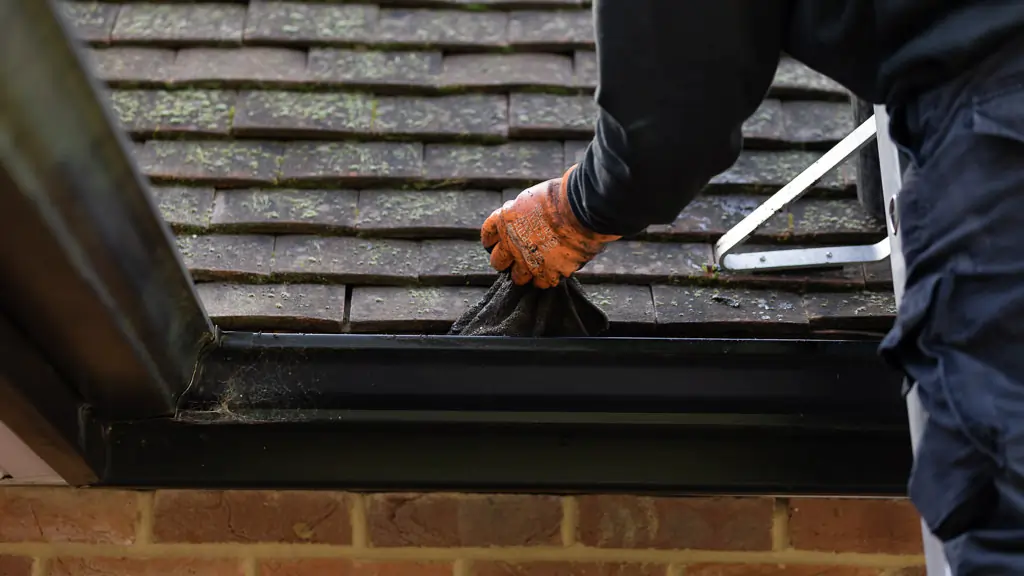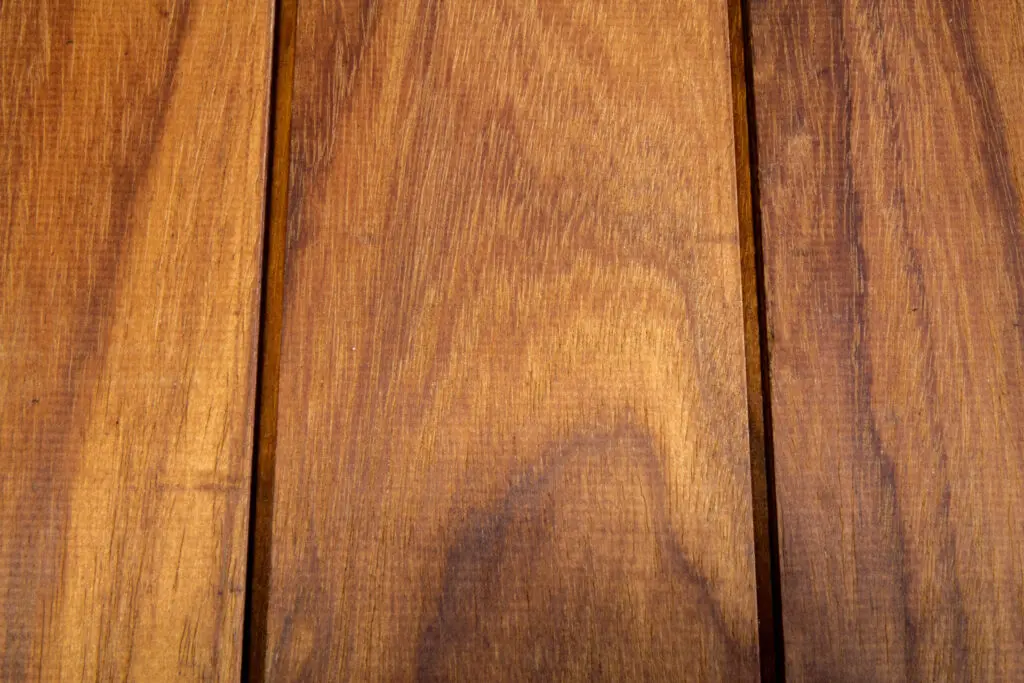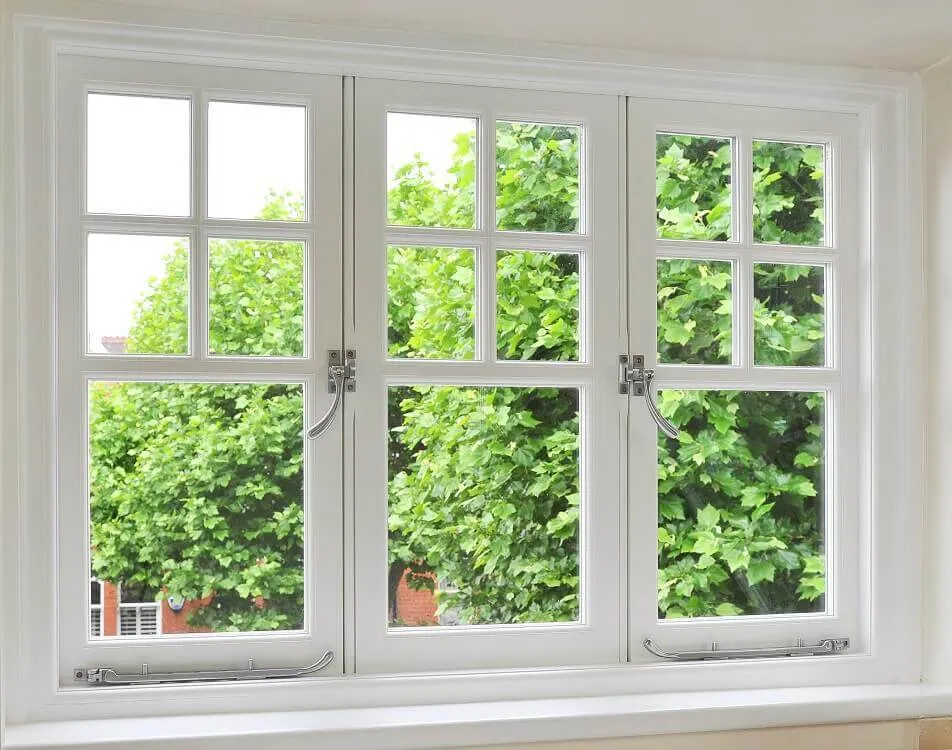Do you plan on doing a DIY window installation at home?
Accidents at home are the most common reasons behind broken windows. Burglars also like breaking into homes by accessing your windows. If neither occurs, home renovations are the next main cause behind window replacements.
If you’re looking for insider tips on installing a new window, you came to the right place. Below are five things to know to ensure a smooth installation. Read on and find out more:
1. Consider Repairing Before Window Replacement
Replacing the windows isn’t always the right or best solution. Sometimes, you only need to repair them. It’s a good option if you don’t need to replace the windows at all.
It’s also perfect for those working under a budget. Remember, the average cost for window replacements is $650 per window. Meanwhile, the standard range is between $300 and $1000.
For old window repairs, it’s better if you call a window restoration expert.
2. Get the Right Frame, Type, and Measurements First
You can’t learn how to install a new window without ordering a replacement window. Your job includes measuring how large or wide your replacement windows are. Grab a tape measure and a pen and paper for note keeping.
Next, measure the existing frame’s interior. Don’t put the measuring tape between the stops for the window sashes. Otherwise, you may end up with a smaller window.
If your window has a sash, you’ll have to open the lower one to get the precise measurement. After that, measure the height of the window at the left, middle, and right. Do the same for the width at the same spots.
Don’t forget to always use the smallest height gap. Also, as a tip, never proceed until the replacement or new windows arrive. When they arrive, check their measurements to ensure they fit the opening.
3. Learn How to Remove the Old Windows
Before you learn the basics of installing a new window, learn how to remove the old ones. For this task, you’ll need tools like a pry bar and a screwdriver matching the screws.
Remove the trim and jamb extension first. You’d have to go around the border of the old window to remove these things to ensure its smooth exit. After that, it’s time to remove the old window or the guide track.
To do this, unscrew the window from the jamb first. Shimmy the old window out with care and a gentle hand. Being careless while removing the old window can cause it to shatter and hurt you.
Many windows also use window sashes and moving tracks to ease their removal. Once you’re done removing the old broken or unusable window, prep the new window opening. If there are parts to repair, do them before installing the replacement window.
If you’re having trouble removing the old window, call an expert to help out. Go online and pick one of the top window replacement services your budget can afford. If you want a suggestion, consider reaching out to Renewal by Andersen Windows.
4. Do a Dry Fit First
Let’s say you decided to replace the window instead of repairing it. You took all the necessary measurements and found the right frame type. The next step is to install the frame.
Before you continue, never forego the dry fit. It lets you test the fitment of the frame or the window to the wall. Doing this will help you avoid the trouble of removing and reinstalling the window if it doesn’t fit.
The ideal situation is when you dry-fit the frame onto the wall and it feels snug. If the window is too large or too small for the opening in the wall, replace it. Never settle for window frames and windows without the proper fit.
If your replacement window frame is too small for the wall, it can create openings. Wind, light, or heat can escape or enter through these cracks. If the frame is too large for the hole in the wall, forcing it to fit can cause cracks or breaks.
However, don’t buy windows with the exact fit for the opening. All windows need some wiggle room to shim it into the opening. When you order a replacement window, subtract 1/4 inch from the width and height.
5. Find High-Quality Windows to Keep the Value of the Home
Last but not least, treat windows like you treat other assets in the home. It’s an especially useful practice if you plan to sell your house in the future. Your windows do more beyond protecting your home from the elements.
They also play a role in the aesthetic and “authenticity” of your house. As much as possible, you don’t want to replace the full frame or get the wrong windows. Otherwise, the value of the home decreases once it’s time to sell and move out.
Thus, you must never downscale the quality of the window. Find windows with a matching appearance as the original. If you must buy wooden frames to duplicate the original window frame, don’t hesitate to do it.
Remember, vinyl looks and feels different from wood. It becomes obvious when you choose materials without matching the original. If a homebuyer notices these differences, they can get your house at a cheaper price than you want to sell it for.
Remember These Tips When You’re Installing a New Window
You don’t need to DIY your window installation all the time, especially if you don’t have the time or knowledge.
If you’re unsure of your carpentry skills, it’s wiser to ask an expert to take over the task. For professionals, installing a new window takes a shorter time with less effort. They have the proper tools and skills for the job.
We hope you enjoyed reading our window installation tips. If you want to see more guides, check out our other posts now.




















